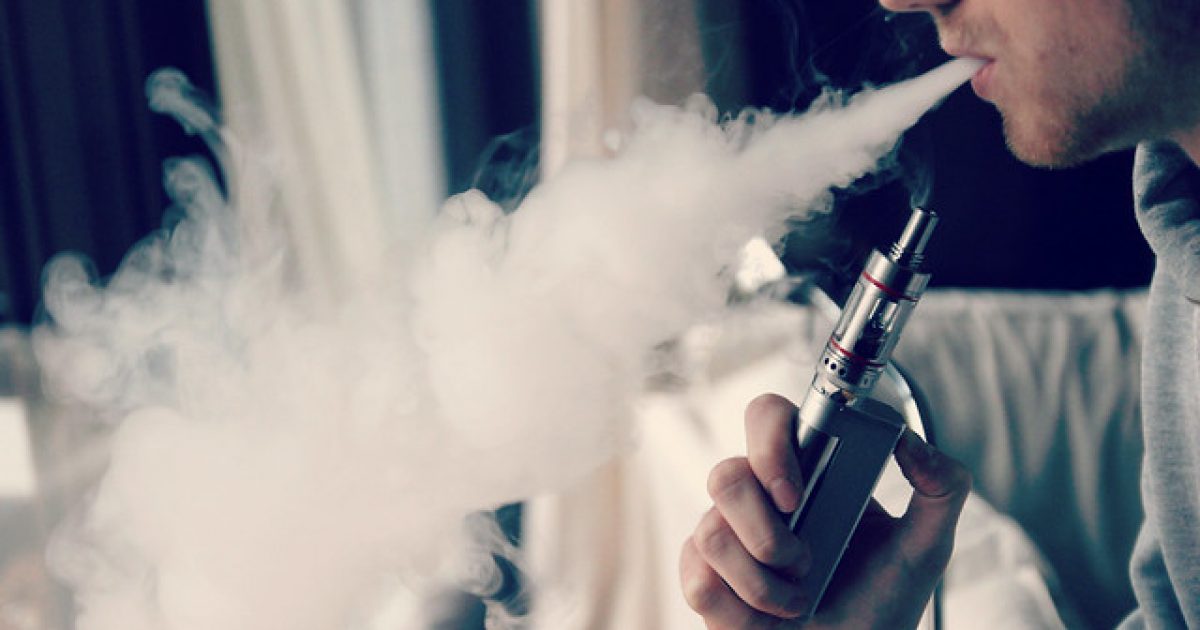
The Department of Health and Human Services claims that the Trump administration’s pending ban on flavored e-cigarettes is justified because of recent increases in underage vaping. The department highlights “preliminary numbers from the National Youth Tobacco Survey” (NYTS) that “show a continued rise in the disturbing rates of youth e-cigarette use.”
However, Jacob Sullum of Reason points out that “those data also show that smoking by teenagers continues to fall, which undermines the claim that e-cigarettes are a gateway to the real thing and suggests that vaping is actually a substitute for smoking.”
Sullum cites data from the NYTS which indicated that “the prevalence of past-month cigarette smoking among high school students fell from 8.1 percent in 2018 to 5.8 percent this year, even as the prevalence of past-month vaping rose from 20.8 percent to 27.5 percent.” Since 2011, the smoking rate has decreased by 63 percent, while the vaping rate has increased by more than 18 times. According to these figures, Boston University public health professor Michael Siegel discovered a negative correlation of –0.89 between vaping and smoking among high school students.
Sullum makes an interesting point:
Those opposing trends suggest not only that more vaping does not result in more smoking but that teenagers who otherwise would be smoking are instead vaping, a much less dangerous habit.
In a 2018 study, using data from the NYTS and other surveys, discovered that the decrease in smoking among teenagers and young adults hastened as vaping became more popular. The National Survey on Drug Use and Health demonstrates a similar pattern.
“Fewer than 1 in 6 people aged 12 or older in 2018 were past month cigarette smokers,” the Substance Abuse and Mental Health Services Administration, which conducts that survey, highlighted last month. “Cigarette use generally declined between 2002 and 2018 across all age groups. Some of this decline may reflect the use of electronic vaporizing devices (‘vaping’), such as e-cigarettes, as a substitute for delivering nicotine.”
By banning the most popular e-cigarette and e-liquid products among adults who used to smoke, the Food and Drug Administration (FDA) will make many of them go back to more harmful nicotine products. This same substitution effect will likely happen with teenagers, who may go from vaping back to smoking.
The Trump administration should not waste its time with policies like these and instead focus more on de-regulating the economy, getting border security in line, and finally putting an end to our interventions abroad. Heck, Trump can even beat the Left to the punch by fully decriminalizing drug use at the federal level.
Going back to tired nanny state bans, however, should not be his strategy.



